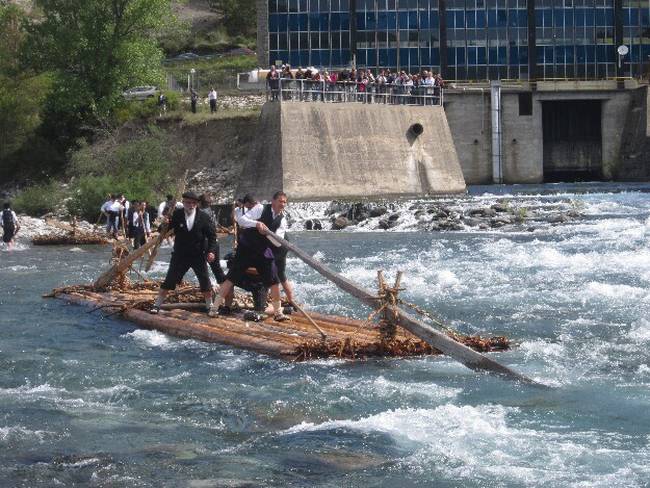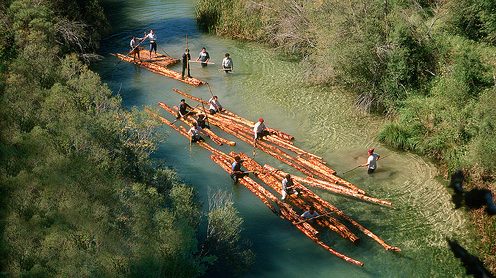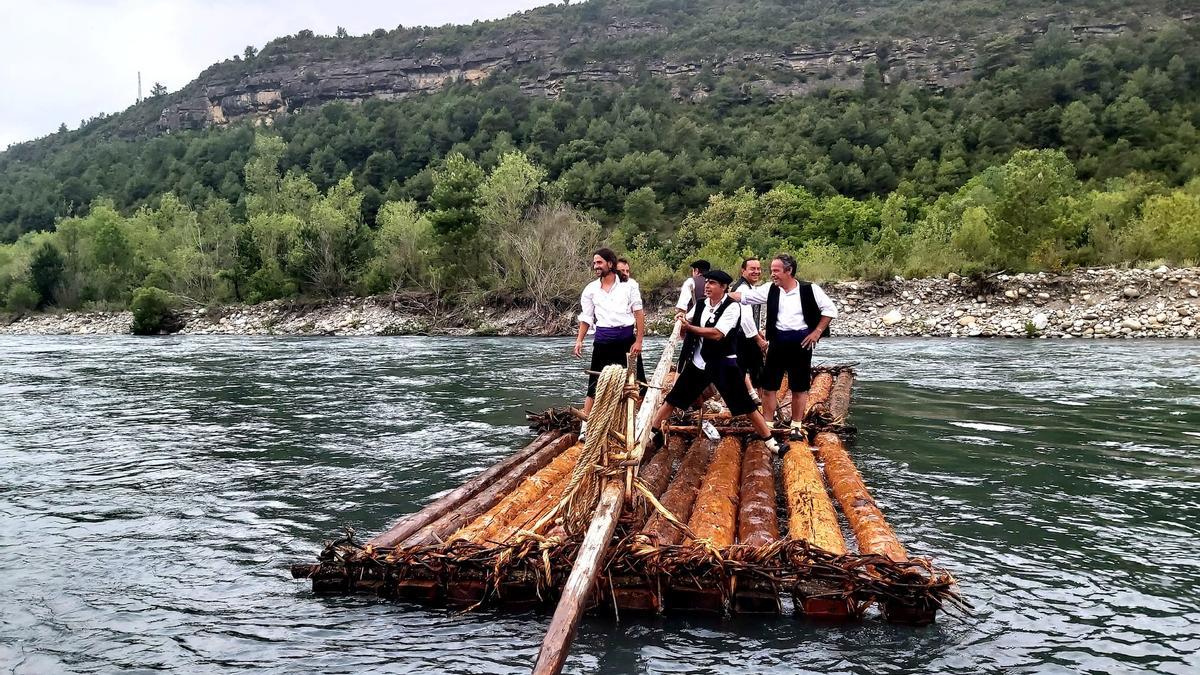
The Government of Aragon declared in 2013 the fluvial transport of wood in Aragon as an Asset of Intangible Cultural Interest (BIC), and just recently it was an international body, Unesco, which has awarded this activity the highest recognition in this area: Intangible Cultural Heritage of Humanity.
A decision that the Government of Aragon has celebrated. In making this decision, Unesco has taken into account that the tradition of fluvial transport of wood refers to the knowledge and skills related to the construction of Navatas, transport of logs and knowledge of nature. In addition, it has considered the social function of the fluvial transport of this raw material, which resides in cooperation and social cohesion, helping to reinforce the sense of community and enhance the importance of teamwork. Likewise, this custom is based, as Unesco has recognised, on the relationship between people and nature, highlighting the importance of wood and its sustainable development.
At the local level, UNESCO maintains that the declaration of the candidacy will mean a greater knowledge of these techniques and the reaffirmation that intangible cultural heritage is closely linked to the sustainable use of natural resources.

Aragón already included this practice in its BIC catalogue 9 years ago. The reasons were due to motives related to tradition. The culture of wood, historically generated and transmitted from generation to generation, is an intangible heritage referring to activities, trades, utensils, tools and, especially, their own way of living, which involved populations dedicated to exploitation, transport and manufacturing from wood.
The need to supply this raw material, essential for the construction of real estate and the construction of royal fleets in the shipyards, made it necessary to develop a transport system from the source to the centres of commerce and manufacturing which the waterways greatly facilitated.
 The logs cut in the mountains were thrown down the rivers until they floated into the main one, there they were tied together and formed what is called a Navata or Nabata - a raft.
The logs cut in the mountains were thrown down the rivers until they floated into the main one, there they were tied together and formed what is called a Navata or Nabata - a raft.
In Aragon, the Pyrenean rivers have been the channels through which the Navateras routes or rafts ran, where the logs were lowered, taking advantage of the thaw in spring and forming the Navatas when they reached the Ebro river. In the community there have been three such routes: the route of the Aragón river from Ansó (Veral river) and Hecho (Aragón Subordán river); the route of the Gállego river, forming the Navatas in Murillo and Santolaria; and the Cinca river route from Laspuña or Escalona, to enter the Ebro to Tortosa.

The last Navatas arrived in Tortosa in 1949. Decades later, in 1983 the Sobrarbe Navateros Association took the initiative to recover the activity and organized a celebration where a Navata was built that descended between Laspuña and Aínsa, in Sobrarbe. More initiatives soon joined Hecho and La Galliguera. Since then, these descents have continued to be celebrated annually, initiating a tradition of great popular acceptance.